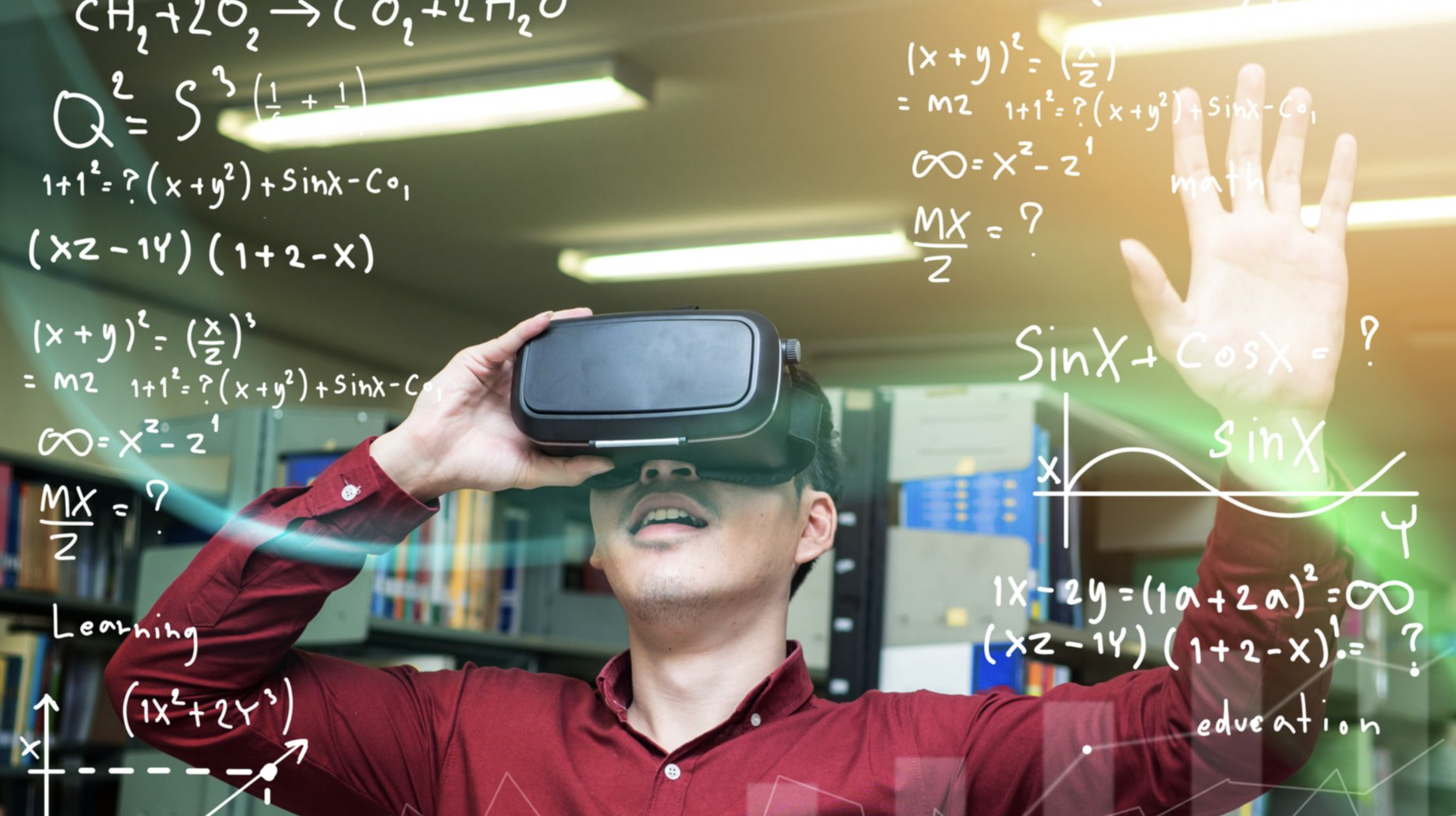
Artificial intelligence has not replaced teachers, and VR videos have not yet supplanted traditional textbooks. But these and other technologies are already changing approaches to the learning process. In this article, we will look at projects and developments that help you gain new knowledge.
Table of Contents
Emoji
It’s no surprise that emojis help in the educational process since these symbols-words are widely used in the entertainment industry — cartoons, books, as well as emojino casino Canadian slots are created. First of all, emoji help in teaching vocabulary — new words that students have to learn are reinforced in their minds with emoji symbols, thanks to which, in addition to visual memory, associative memory is also involved.
The possibilities of using emoji in this area are very wide: with their help, you can enter complex words, both parts of which are illustrated with symbols. Some teachers suggest using emoji at the beginning of the lesson as the so-called lesson starters: a new lesson topic is encrypted with symbols, and students are asked to guess it. Emoji can also be used as a visual reminder of the material covered.
VR and AR
Virtual reality helps you fully immerse yourself in the topic being studied. Interactivity is one of the main advantages of VR technology. It is much easier to remember and understand what you can touch. And if during a regular lecture it is very easy to be distracted, then virtual classes completely grab attention.
The main plus of augmented reality for the educational process is providing students with the opportunity to practice on the equipment without the cost of purchasing or renting it. It also eliminates training interruptions during equipment absence or malfunction.
3D Printing
It allows you to prototype almost any item. More and more often this technology is used in the educational process because on a 3D printer you can:
- make mechanisms for conducting experiments in physics;
- simulate a mountain range or an entire continent;
- create models of internal organs, prototypes of prostheses and implants.
And, of course, 3D equipment is used to train engineers. Robotics and design are studied using 3D printing devices.
Interactive Whiteboards
These are touch screens connected to a computer. The image is transmitted to the board using a projector. In offices with their help, presentations and training for employees are carried out. The principle is the same as in school — new material is easier to learn when presented in a visual form. Smartboards also help with brainstorming sessions, because each employee can make their edits to the materials right during the discussion.
Learning Apps
There are thousands of mobile apps designed specifically for the educational market. Among them, everyone will find something for themselves. Of course, applications have not yet become a replacement for textbooks, but they can be used as an additional source of knowledge. In addition, some subjects are much easier to master playfully, without monotonous repetition.
We have entered the era of lifelong learning. It is understood as lifelong education, including adult education and continuing professional education. To maintain their competitiveness, companies need to constantly learn. New technologies are emerging that change the way we organize additional professional education. That is why it is worth paying attention to them today.